Haemochromatosis - Iron Overload Unveiled
Sept. 21, 2023 #Heart Health
Understanding Haemochromatosis
Haemochromatosis is a condition that is inherited. In this condition, iron levels builds up in the body over a long period of time. This condition, if left untreated, can damage the liver, pancreas, heart and can cause inflammation in the joints. This occurs due to a mutation in the HFE gene, which leads to increased absorption of dietary iron from the intestine. The excess iron is stored in various organs and tissues, causing damage and giving rise to various symptoms.
Symptoms of Haemochromatosis
Common symptoms of haemochromatosis include the following:
Fatigue
Many individuals with haemochromatosis experience chronic fatigue and a lack of energy, which can significantly impact their daily activities and overall quality of life.
Joint Pain
Joint pain, particularly in the hands, knees, and hips, is a common symptom of haemochromatosis. The excess iron in the body can lead to inflammation in the joints, resulting in pain, stiffness, and limited mobility.
Abdominal Pain
Abdominal pain, especially in the upper right quadrant, may occur due to liver enlargement or dysfunction caused by the accumulation of iron. This pain can be persistent or intermittent.
Liver Dysfunction
Haemochromatosis can cause damage to the liver, resulting in liver dysfunction. Symptoms of liver dysfunction may include jaundice (yellowing of the skin and eyes), liver enlargement, abnormal liver function tests, and elevated liver enzymes.
If you experience any of these symptoms or suspect you may have haemochromatosis, it is important to consult with a healthcare professional for proper diagnosis and management. Early detection and treatment can significantly reduce the risk of complications and improve outcomes for individuals with haemochromatosis.
Treatment of Haemochromatosis
The treatment of haemochromatosis typically involves two main approaches: phlebotomy (bloodletting) and dietary changes. These methods aim to reduce the excess iron levels in the body and prevent further damage to organs and tissues.
Phlebotomy
Phlebotomy, also known as bloodletting, is the most common and effective treatment for haemochromatosis. It involves the regular removal of a specific amount of blood from the body to lower iron levels. The procedure is performed by a healthcare professional, who withdraws blood from a vein, typically in the arm. The amount of blood removed depends on the individual's iron levels and response to treatment. Regular phlebotomy sessions are performed until iron levels normalize. This safe procedure is essential to follow as directed by the healthcare provider for effective treatment.
Dietary Changes
In addition to phlebotomy, making dietary changes is crucial in managing haemochromatosis. The goal is to limit iron intake from food and beverages, thereby reducing the accumulation of excess iron in the body. Some dietary recommendations include avoiding iron-rich foods, limiting foods high in vitamin C, avoiding alcohol, consuming tea or coffee with meals, and choosing whole grains, fruits, and vegetables as part of a balanced diet. It is important to work with a registered dietitian or healthcare provider to create an individualized dietary plan that meets specific needs and considers any other underlying health conditions.
Importance of Early Detection and Management
Early detection and management of haemochromatosis are crucial in preventing complications and ensuring a good quality of life for individuals with this condition.
By detecting haemochromatosis at an early stage, healthcare professionals can implement appropriate treatment strategies to reduce iron overload and prevent further damage to organs and tissues. This can significantly improve symptom management and overall health outcomes.
Proper management involves regular monitoring of iron levels, adherence to phlebotomy treatments, and following dietary guidelines to limit iron intake. This comprehensive approach helps control iron overload and prevent the accumulation of excess iron in vital organs such as the liver, heart, and pancreas.
Furthermore, individuals with untreated haemochromatosis are at an increased risk of developing conditions such as liver cancer, arthritis, and hormonal imbalances. These complications can have a significant impact on an individual's daily life, productivity, and overall well-being.

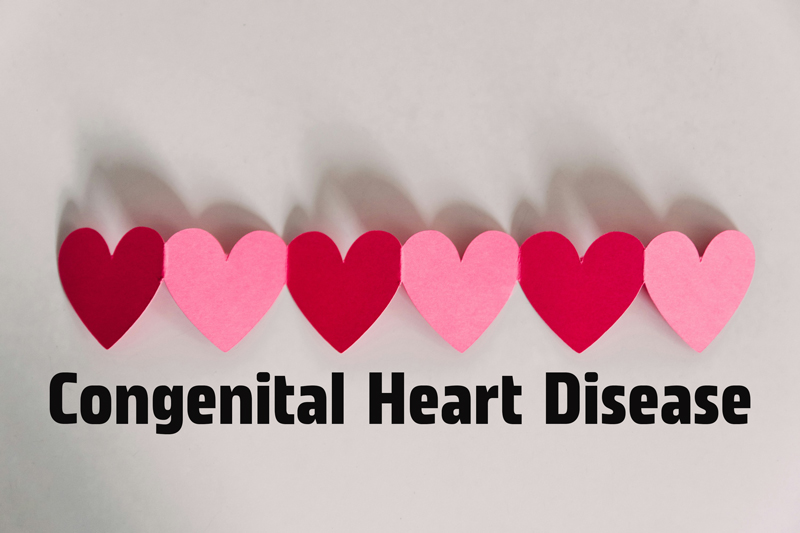









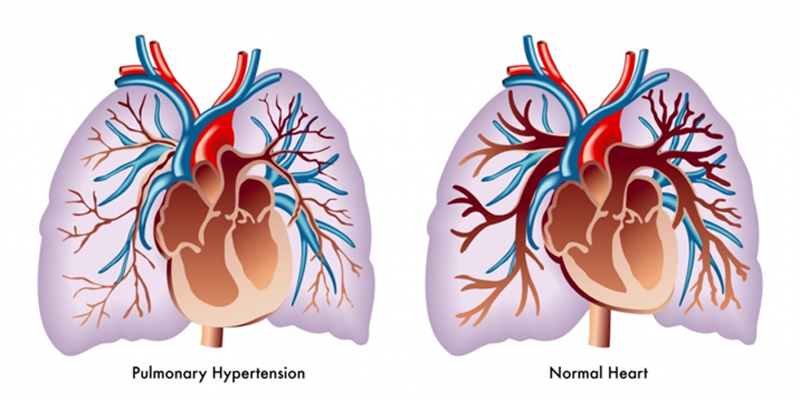
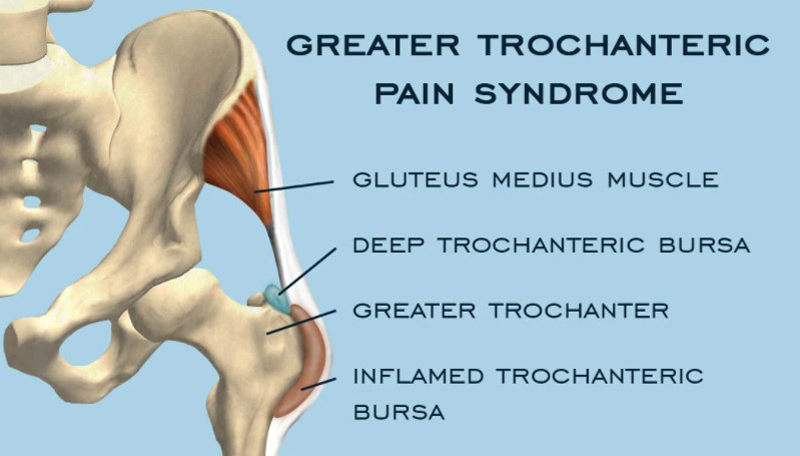
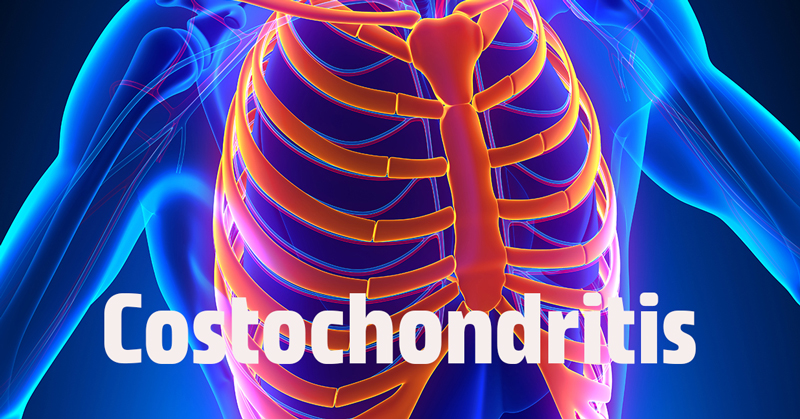
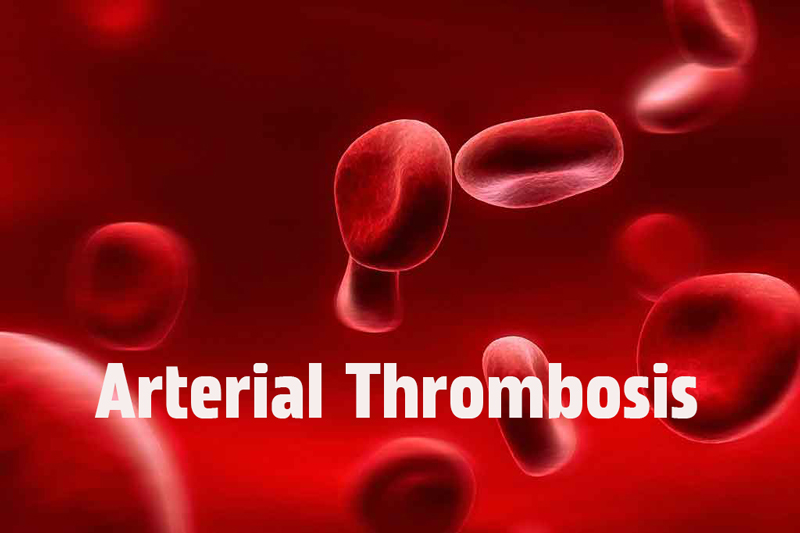
COMMENTS